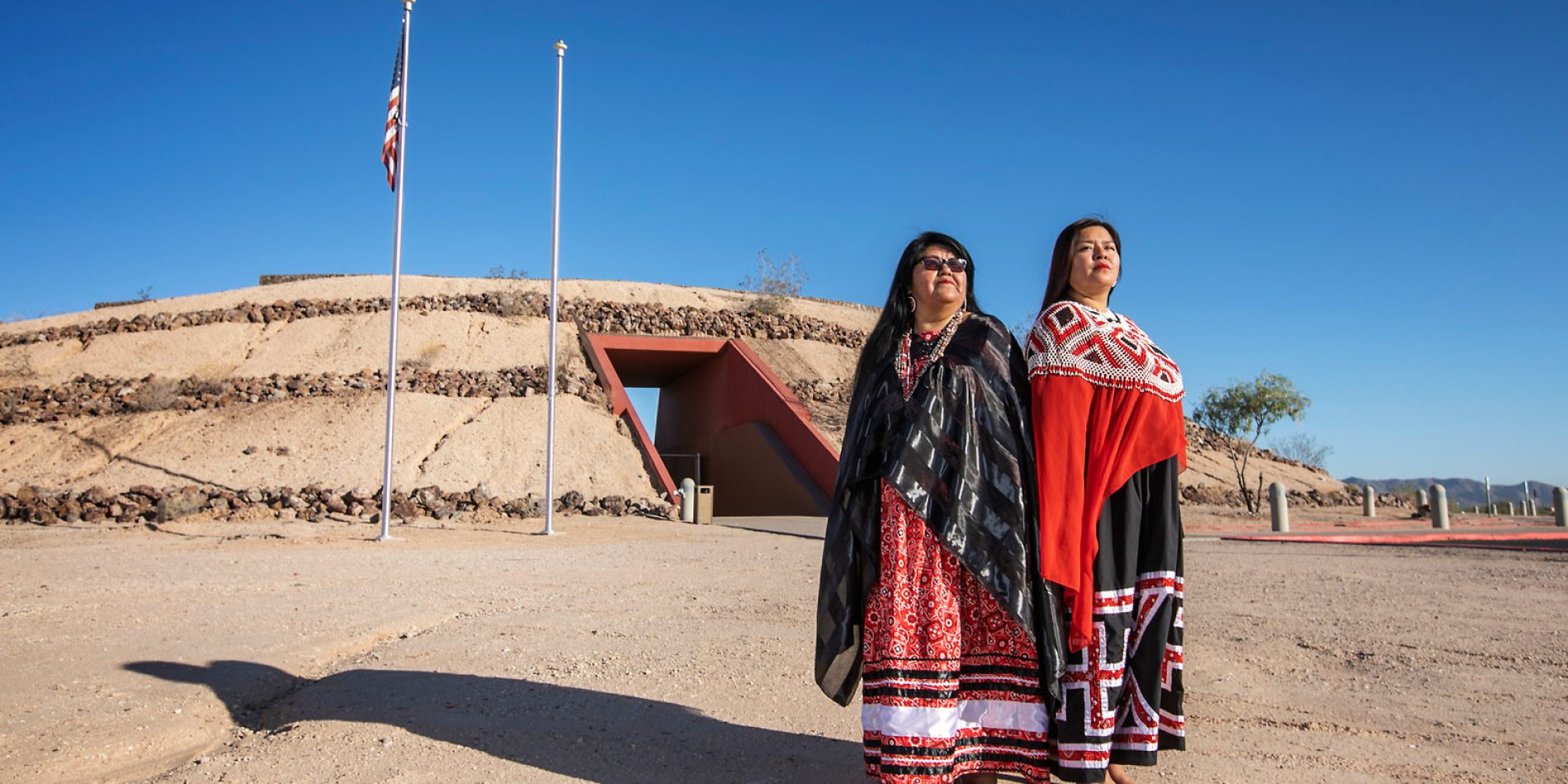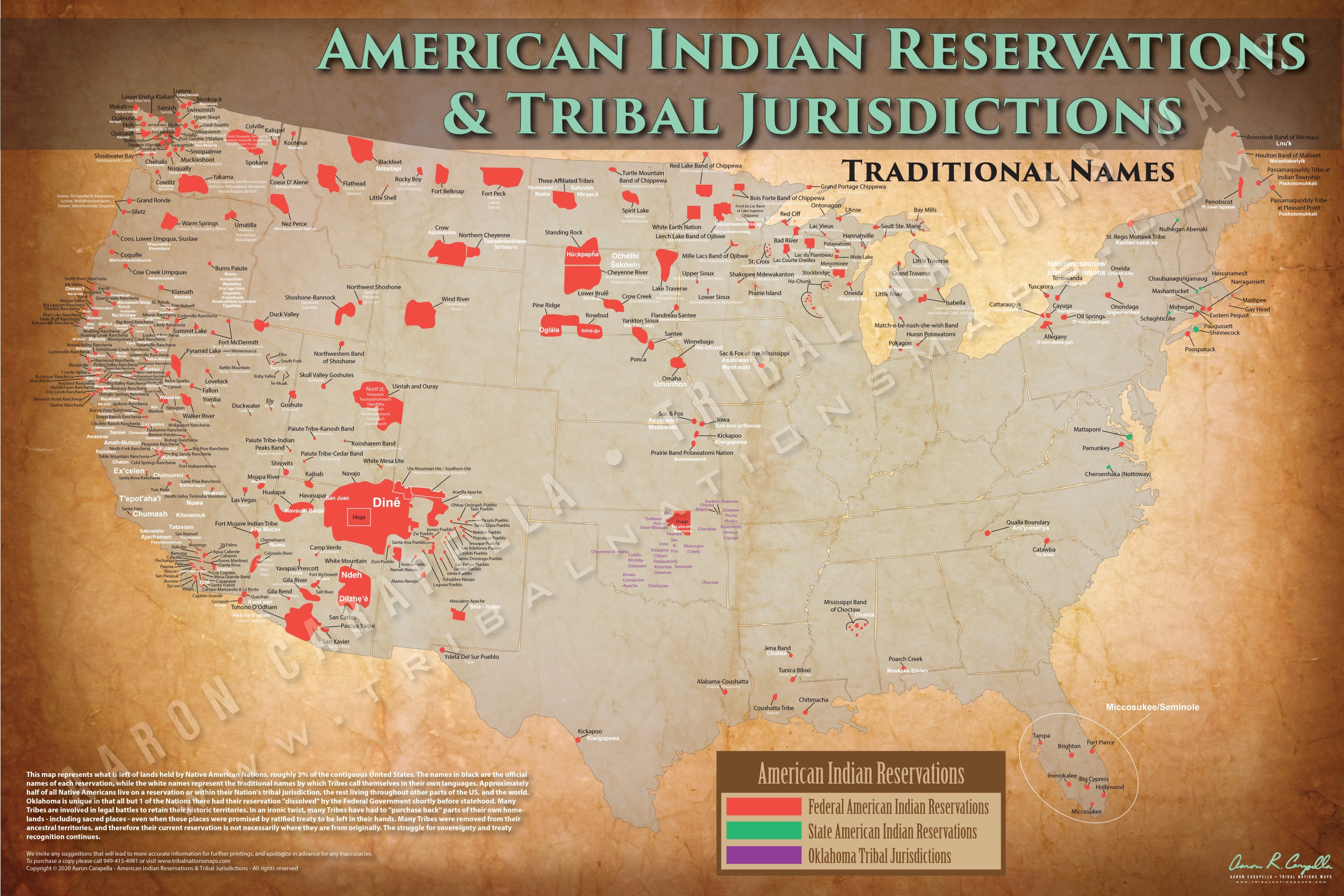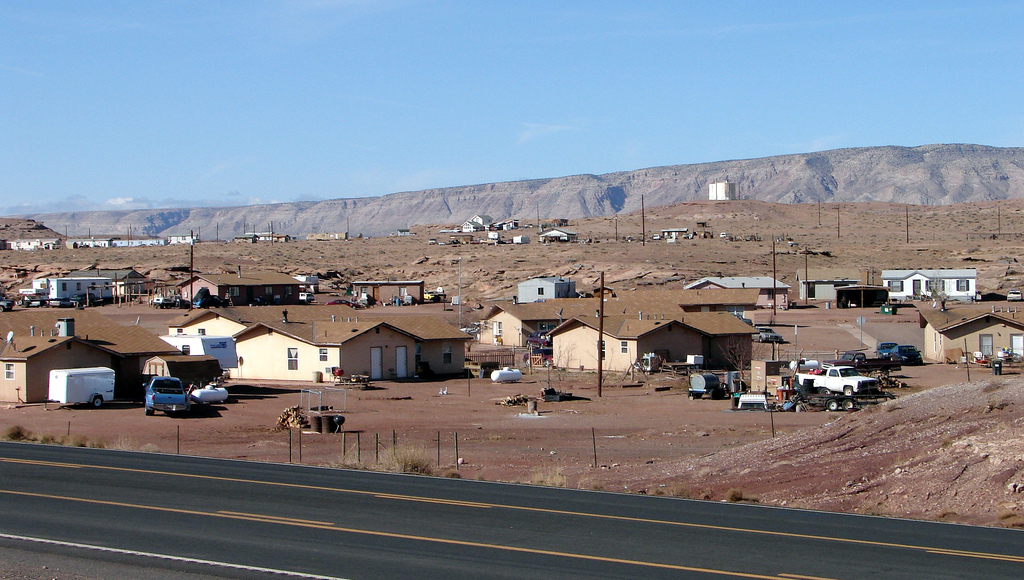Looking for a Unique Experience? Explore the Indian Reservation Near You!
Looking for a Unique Experience? Explore the Indian Reservation Near You!

You’ve probably heard of Indian reservations, but did you know they’re often vibrant cultural hubs brimming with history, art, and unique experiences? Forget dusty museums and boring tourist traps – discover the real heart of Native American culture right in your backyard!
Why Explore an Indian Reservation?
Related Articles: Looking for a Unique Experience? Explore the Indian Reservation Near You!
- Unveil the Enchanting World of the Seminole Indian Reservation
- Unveiling the Number of Indian Tribes in the U.S.: Discoveries and Insights
- Unveiling the Truth: Indonesia's Economic Crossroads in 2023
- Unveiling the Largest Native American Tribe in Michigan: Discoveries and Insights
- Discover the Native American Roots of Texas: Uncovering Tribal Histories and Cultural Legacies
There’s a common misconception that reservations are isolated and inaccessible, but that couldn’t be further from the truth. Many are easily accessible, often just a short drive from major cities. And let’s face it, experiencing something truly authentic is a lot more rewarding than another generic tourist experience, right?
Here’s what you can expect when you visit an Indian Reservation near you:
1. Unforgettable Cultural Experiences:
- Museums and Cultural Centers: Step back in time and immerse yourself in the rich history and traditions of the tribe. Learn about their unique language, art, music, and spiritual beliefs.
- Pow Wows and Festivals: Witness the beauty and energy of traditional dances, drumming, and storytelling. These events are often filled with vibrant colors, delicious food, and a sense of community that’ll leave you feeling inspired.
- Art Galleries and Craft Shops: Discover stunning artwork, jewelry, pottery, and other crafts made by local artists. You’ll find unique pieces that reflect the tribe’s heritage and artistic talent.
- Historical Sites: Explore ancient burial grounds, ceremonial sites, and historic landmarks that tell the story of the tribe’s past.

2. A Taste of Native American Cuisine:
- Traditional Foods: Indulge in authentic dishes like frybread, buffalo stew, and corn soup, often made with locally sourced ingredients.
- Tribal Restaurants and Food Stands: Enjoy a culinary adventure at restaurants and food stands run by members of the tribe. You’ll find delicious and unique flavors that you won’t find anywhere else.

3. Reconnect with Nature:
- Scenic Beauty: Many reservations are nestled in stunning natural settings, offering breathtaking views of mountains, forests, rivers, and lakes.
- Outdoor Activities: Enjoy hiking, fishing, boating, camping, and other outdoor activities in pristine natural environments.

4. Support Local Communities:
- Economic Impact: Visiting and shopping on a reservation directly benefits the tribe and its members.
- Job Creation: Your visit helps support local businesses and creates jobs within the community.
Finding the Perfect Reservation for You:
1. Start with Online Research:
- Tribal Websites: Many tribes have their own websites where you can find information about their culture, history, and tourism offerings.
- Travel Websites: Websites like TripAdvisor and Expedia often feature reviews and information about Indian reservations.
- Native American Tourism Organizations: Organizations like the American Indian Alaska Native Tourism Association (AIANTA) can provide valuable resources and information.
2. Use Online Mapping Tools:
- Google Maps: Search for "Indian reservations near me" to find reservations in your area.
- Native Land Digital: This website provides a map that shows the boundaries of tribal lands across the United States.
3. Contact Local Tourism Offices:
- State and Regional Tourism Offices: Contact your local tourism office for information about Indian reservations in your area.
4. Ask for Recommendations:
- Friends and Family: Ask your friends and family if they’ve visited any Indian reservations and what their experience was like.
- Local Native American Organizations: Reach out to local Native American organizations or community centers for recommendations.
Tips for Respectful Travel:
- Be mindful of cultural sensitivities: Remember that you’re visiting a sovereign nation with its own unique customs and traditions.
- Respect tribal laws and regulations: Be aware of any rules or restrictions that may apply to visitors.
- Dress appropriately: Avoid wearing clothing that is disrespectful or offensive.
- Ask for permission before taking photos: Always ask permission before taking photos of people or sacred sites.
- Purchase souvenirs from tribal vendors: Support local businesses and artisans by buying authentic crafts and souvenirs.
Making the Most of Your Visit:
- Plan your trip in advance: Book accommodations and activities ahead of time, especially during peak season.
- Pack for the weather: Check the weather forecast and pack accordingly.
- Bring comfortable shoes: You’ll likely be doing a lot of walking.
- Be prepared to learn: Come with an open mind and be ready to learn about the tribe’s culture and history.
- Enjoy the experience! Relax, be present, and soak up the unique atmosphere.
Indian Reservations Offer a Unique and Rewarding Experience:
Forget the typical tourist traps and discover the true heart of Native American culture. Embrace the opportunity to learn, connect, and appreciate the rich heritage of the tribes who have called these lands home for generations. You’ll leave with a deeper understanding of Native American culture and a newfound appreciation for the beauty and resilience of these communities.
FAQ about Indian Reservations Near Me:
Q: Are Indian reservations safe to visit?
A: Just like any other community, it’s important to be aware of your surroundings and take common-sense precautions. Most reservations are safe for visitors, but it’s always a good idea to research the specific reservation you’re planning to visit and follow any safety guidelines provided by the tribe.
Q: Do I need a passport to visit an Indian reservation?
A: No, you do not need a passport to visit an Indian reservation. Reservations are part of the United States and are subject to the same laws and regulations as any other part of the country.
Q: What is the best time to visit an Indian reservation?
A: The best time to visit depends on the specific reservation and the activities you’re interested in. Many reservations have their own unique events and festivals throughout the year. It’s always a good idea to check the tribe’s website or tourism office for information about upcoming events.
Q: What are some things I can do to support the tribe?
A: There are many ways to support the tribe, including:
- Shopping at tribal businesses: Purchase souvenirs, crafts, and other goods from tribal vendors.
- Dining at tribal restaurants: Support local businesses by eating at restaurants owned and operated by members of the tribe.
- Donating to tribal organizations: Many tribes have organizations that support education, healthcare, and other community needs.
- Volunteering your time: Offer your skills and time to help with community projects or events.
Q: How can I learn more about the history of the tribe?
A: There are many resources available to learn about the history of the tribe, including:
- Tribal websites: Many tribes have their own websites with information about their history, culture, and traditions.
- Museums and cultural centers: Visit tribal museums and cultural centers to learn about the tribe’s history and heritage.
- Books and documentaries: There are many books and documentaries available that explore the history of Native American tribes.
Q: What are some things I should avoid doing when visiting an Indian reservation?
A: It’s important to be respectful of the tribe’s culture and traditions. Here are some things to avoid:
- Taking photos of people without permission: Always ask for permission before taking photos of people, especially if they are participating in ceremonies or other cultural activities.
- Wearing offensive clothing: Avoid wearing clothing that is disrespectful or offensive to Native American culture.
- Disrupting ceremonies or other cultural events: Be respectful of the tribe’s cultural practices and avoid disrupting any ceremonies or events.
- Making disrespectful comments: Avoid making disrespectful or insensitive comments about the tribe or its culture.
Remember, visiting an Indian reservation is an opportunity to learn, connect, and celebrate the rich culture and heritage of Native American tribes. By being respectful, responsible, and mindful of cultural sensitivities, you can have a truly unforgettable and meaningful experience.

Closure
Thus, we hope this article has provided valuable insights into Looking for a Unique Experience? Explore the Indian Reservation Near You!. We thank you for taking the time to read this article. See you in our next article!